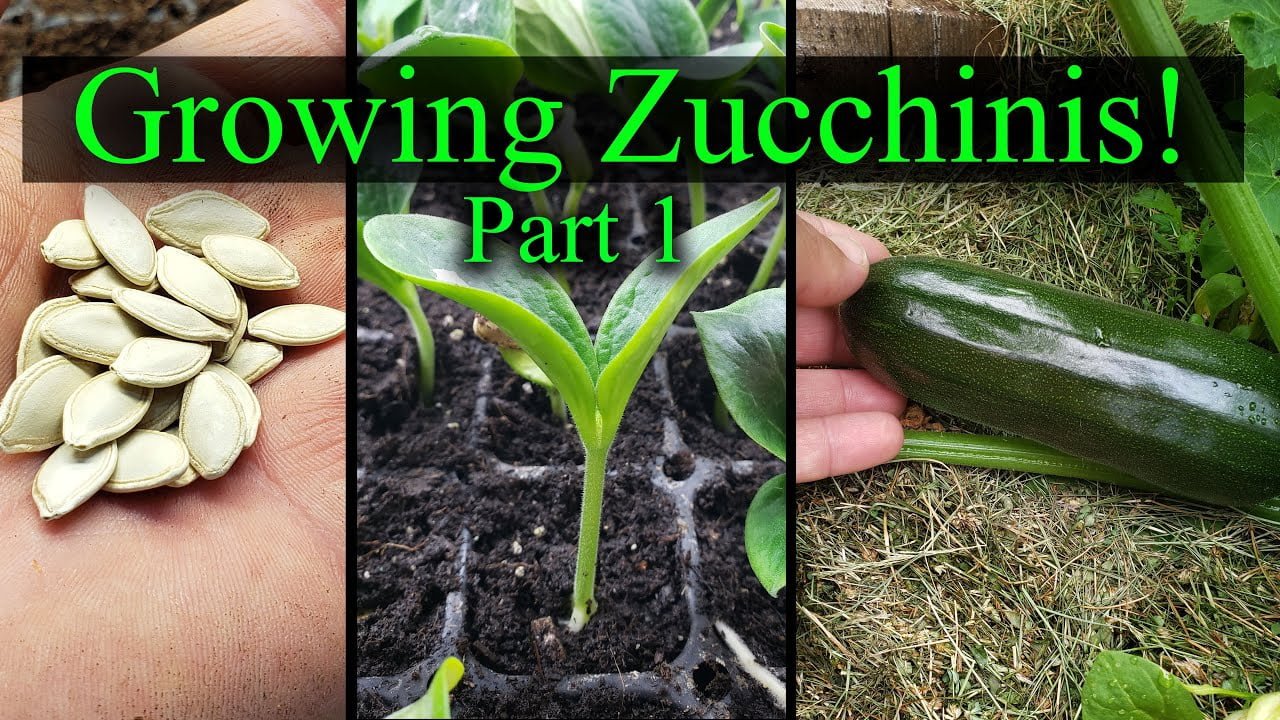So you’ve decided to try your hand at gardening and want to start with zucchini seeds? Congratulations! In this beginner’s guide, we will show you the simple steps to get your zucchini seeds off to a great start. From selecting the right seeds to preparing the soil and providing the ideal growing conditions, we’ve got you covered. Whether you have a spacious backyard or a small balcony, this article will help you kickstart your zucchini growing journey with confidence. Get ready to witness the magic of watching those tiny seeds transform into flourishing zucchini plants right before your eyes!
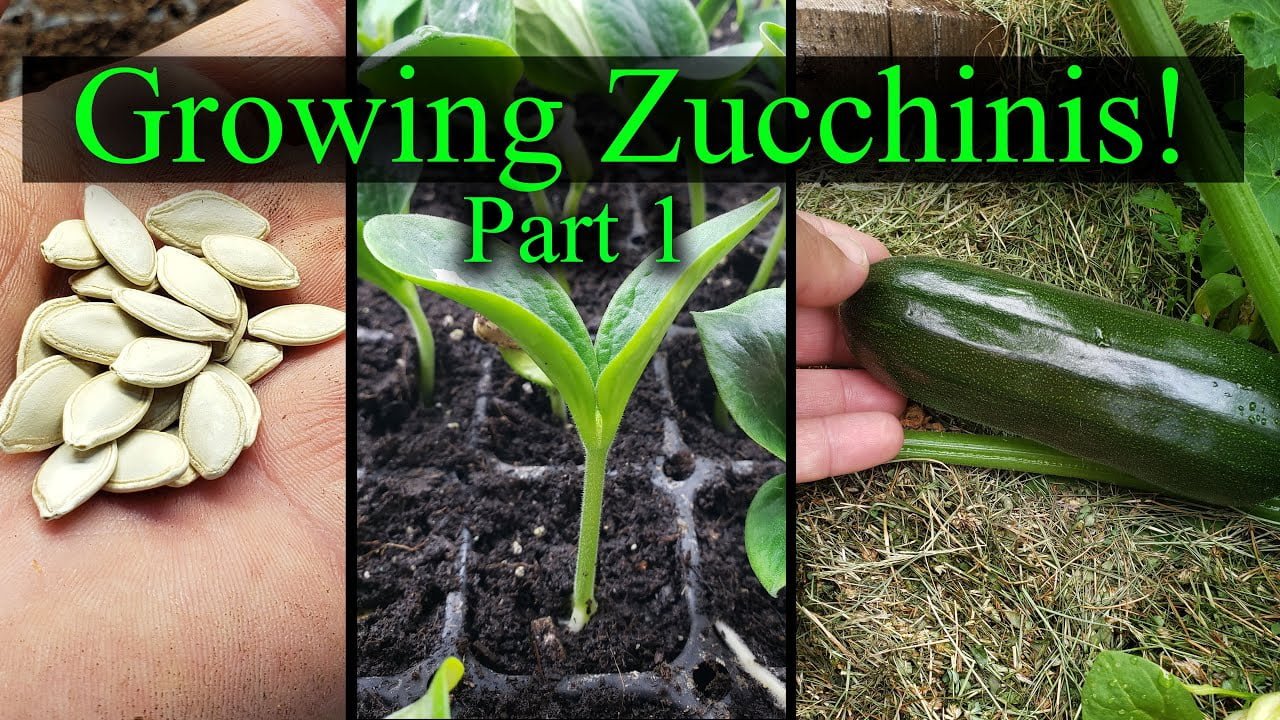
Choosing Zucchini Seeds
When it comes to choosing zucchini seeds, there are a few factors to consider. First, you need to determine the variety of zucchini you want to grow. There are several different varieties available, each with its own unique characteristics and flavor profiles. Some popular zucchini varieties include Black Beauty, Costata Romanesco, and Cocozelle.
Once you have decided on the variety, it is important to select high-quality seeds. Look for seeds that are fresh and properly packaged. Make sure the seeds are not expired and that the package has been properly sealed to maintain their viability. It’s always a good idea to buy your seeds from a reputable supplier to ensure you are getting the best possible quality.
Another consideration when choosing zucchini seeds is whether to go with hybrid or heirloom options. Hybrid seeds are created by crossbreeding different varieties of zucchini to produce plants with desired traits, such as disease resistance or high yield. Heirloom seeds, on the other hand, are open-pollinated and have been passed down through generations, often prized for their unique characteristics. The choice between hybrid and heirloom seeds ultimately depends on your gardening goals and personal preferences.
Preparing the Seed Starting Supplies
Before you start planting zucchini seeds, it is important to gather all the necessary supplies. First and foremost, you need to choose the right container for starting your seeds. This could be anything from seed starting trays to individual pots, as long as it provides enough space for the seeds to germinate and grow. Ensure that the containers have adequate drainage holes to prevent waterlogging.
Next, consider the growing medium or potting mix. It is essential to choose a suitable medium that is light, well-draining, and nutrient-rich. Avoid using heavy garden soil, as it can lead to poor germination and stunted growth. A good quality seed starting mix or a combination of peat moss, perlite, and vermiculite can provide an ideal environment for the seeds to sprout.
In addition to containers and growing medium, gather the necessary tools and equipment. These may include a watering can or sprayer for moistening the soil, a plant marker to label the containers, and a thermometer to monitor the temperature. Having everything prepared beforehand will make the seed starting process smooth and efficient.
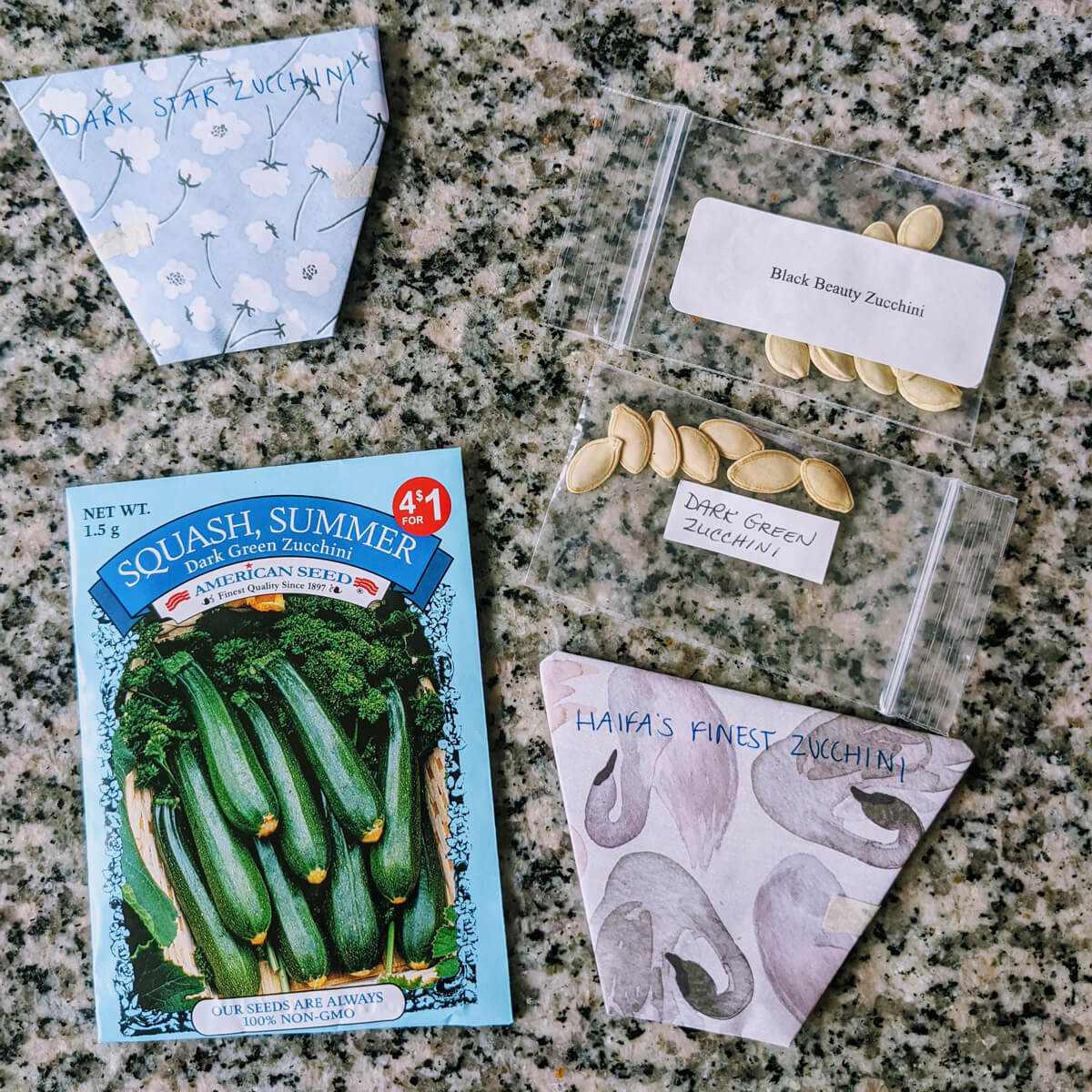
Starting Zucchini Seeds Indoors
Starting zucchini seeds indoors allows for earlier planting and a longer growing season. To determine the ideal time for starting your seeds, consider the average last frost date in your area and count back a few weeks. Zucchini seeds generally require a soil temperature of at least 60°F (15°C) for successful germination.
Provide optimal temperature and light conditions for the seedlings. Place the containers in a warm location, such as near a south-facing window or use grow lights if natural light is limited. Maintain a consistent temperature between 70-85°F (21-29°C) during the day and slightly cooler temperatures at night.
Use seed starting trays or pots to sow the zucchini seeds. Fill the containers with the chosen growing medium, leaving about half an inch (1.27 cm) of space at the top. Plant the seeds according to the packet instructions. Generally, zucchini seeds are sown about an inch (2.54 cm) deep into the soil. Gently cover the seeds with a thin layer of soil and lightly press it down.
Caring for Zucchini Seedlings
Once your zucchini seedlings emerge, it’s crucial to provide them with proper care to ensure healthy growth. Water the seedlings regularly, keeping the soil moist but not waterlogged. Allow the top inch (2.54 cm) of soil to dry out slightly between waterings. Too much water can lead to root rot, while too little can cause stunted growth.
Maintain proper humidity levels by placing a tray of water near the seedlings or using a humidifier. Zucchini seedlings thrive in a humidity range of 50-70%. If the air in your home is dry, misting the leaves with water can also help increase humidity.
Ensure adequate air circulation by providing a gentle breeze in the room or using a small fan. This helps prevent the buildup of moisture and reduces the risk of fungal diseases. Be careful not to direct the air directly at the seedlings, as this can cause them to dry out.
Fertilize the seedlings with a balanced liquid fertilizer once they develop their first true leaves. Dilute the fertilizer according to the package instructions and apply it to the soil around the seedlings. This will provide them with the necessary nutrients for healthy growth.

Transplanting Zucchini Seedlings
When your zucchini seedlings have grown to a suitable size and outdoor temperatures have warmed up, it’s time to transplant them into the garden. Before transplanting, prepare the outdoor garden bed by removing any weeds and loosening the soil with a garden fork or tiller. Ensure that the soil is well-draining and has been amended with organic matter.
To avoid transplant shock, it is important to harden off the seedlings. This process involves gradually exposing them to outdoor conditions over a period of 7-10 days. Start by placing them in a sheltered spot outdoors for a few hours each day, gradually increasing the time and exposure to direct sunlight.
When the seedlings are ready, dig a hole in the garden bed that is deep and wide enough to accommodate the root ball. Gently remove the seedlings from their containers, being careful not to damage the roots. Place the seedlings in the holes and backfill with soil, firming it gently around the base of the plants.
Growing Zucchini Seeds Directly in the Garden
If you prefer to skip the indoor seed starting process, zucchini seeds can also be directly sown in the garden once the soil has warmed up. Choose the right time for direct sowing by considering the average last frost date and soil temperature requirements. Zucchini seeds need a soil temperature of at least 60°F (15°C) for successful germination.
Prepare the garden soil by removing any weeds and loosening it with a garden fork or tiller. Amend the soil with compost or well-rotted manure to improve its fertility and moisture-holding capacity. Smooth the soil surface and create shallow furrows, about 1 inch (2.54 cm) deep.
Plant the zucchini seeds in the furrows, spacing them according to the packet instructions. Generally, seeds should be planted about 2-3 inches (5-7.6 cm) apart. Cover the seeds with soil and lightly press it down. Water the area gently to ensure good seed-to-soil contact.
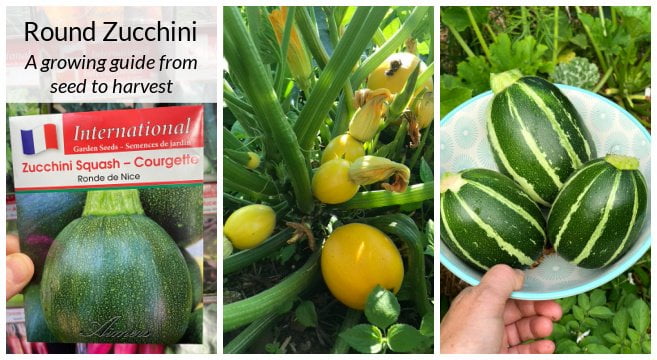
Providing Proper Care for Zucchini Plants
Proper care is essential for the successful growth of zucchini plants. Water the plants consistently, providing about an inch (2.54 cm) of water per week, either through rainfall or irrigation. Keep the soil evenly moist but not waterlogged. Mulching the soil around the plants can help conserve moisture and suppress weed growth.
Zucchini plants require at least 6-8 hours of direct sunlight each day to thrive. Choose a sunny location in your garden and make sure there are no nearby structures or plants that could shade them. In areas with hot summers, providing some afternoon shade or using shade cloth can help prevent scorching.
Mulch the soil around the zucchini plants with a layer of organic matter, such as straw or shredded leaves. This helps retain soil moisture, regulate soil temperature, and suppress weed growth. It also keeps the zucchini fruits clean by preventing them from coming into contact with the soil.
Pruning and supporting the zucchini plants can help improve airflow and reduce the risk of diseases. Remove any damaged or diseased leaves and ensure that the plants have enough space to grow without overcrowding. You can also provide support for the plants by using trellises or stakes to prevent them from sprawling on the ground.
Protecting Zucchini Plants from Pests and Diseases
Zucchini plants are susceptible to various pests and diseases that can damage or kill the plants if left unchecked. Common pests include aphids, cucumber beetles, and squash bugs, while diseases like powdery mildew and bacterial wilt can also affect the plants. Regular monitoring and timely intervention are key to preventing and managing these problems.
Learn to identify common pests and diseases that could affect your zucchini plants. Look for signs such as wilting, yellowing leaves, holes in the leaves, or the presence of insects. Take immediate action if you notice any symptoms to prevent further spread.
Implement preventive measures to protect your zucchini plants. Rotate your crops each year to prevent the buildup of pests and diseases in the soil. Keep the garden clean by removing any fallen leaves or debris that could harbor pests. Consider using row covers or netting to physically block pests from reaching your plants.
If pests or diseases do appear, opt for organic pest control methods. This can include handpicking insects off the plants, introducing beneficial insects like ladybugs, or using organic sprays such as neem oil. Avoid using chemical pesticides, as they can harm beneficial insects and contaminate the environment.
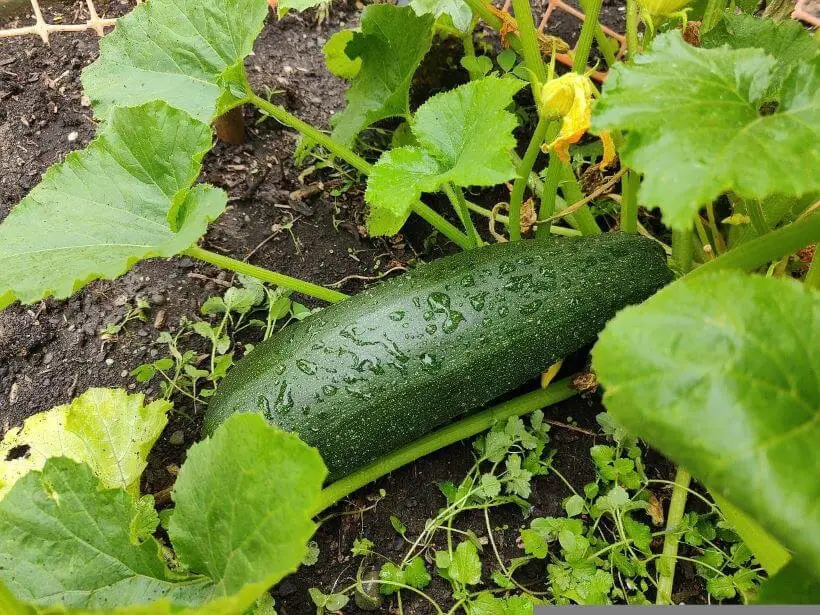
Recognizing Harvest Time for Zucchini
Knowing when to harvest your zucchini is crucial for optimal flavor and texture. Zucchini should be harvested when they are young and tender, typically when they reach 6-8 inches (15-20 cm) in length and 1-2 inches (2.5-5 cm) in diameter. As they grow larger, zucchini can become tough and develop more seeds.
In addition to size, pay attention to the zucchini’s color and texture. The skin should be glossy and vibrant in color, typically dark green or yellow, depending on the variety. Press the zucchini lightly with your fingers – it should feel firm but give slightly. Avoid harvesting zucchini that feels soft or shows signs of wrinkling.
To harvest, use a sharp knife or pruners to cut the zucchini from the plant, leaving a small stem attached. Be careful not to damage the plant or any nearby fruits. Regular harvesting encourages continuous production as the plant will continue to produce new zucchini throughout the growing season.
Saving Zucchini Seeds for Future Planting
If you want to save zucchini seeds for future planting, allow the zucchini to fully mature on the vine. Leave a few zucchini on the plant until they reach their full size and start to turn yellow or brown. This signals that the fruits are fully ripened and ready for seed extraction.
Harvest the mature zucchini and carefully cut them open lengthwise. Use a spoon to scoop out the seeds and the surrounding pulp. Place the seeds in a colander and rinse them under cool running water to remove any remaining pulp. Gently pat the seeds dry with a clean towel.
To properly dry and store the zucchini seeds, spread them out on a clean tray or plate in a single layer. Place the tray in a warm, well-ventilated area and allow the seeds to dry completely. This usually takes about 1-2 weeks. Once dry, store the seeds in a cool, dry place in airtight containers or seed envelopes labeled with the variety and date.
By following these steps and providing the necessary care, you can enjoy a bountiful harvest of zucchini in your garden. Whether you choose to start the seeds indoors or directly sow them in the garden, zucchini plants are relatively easy to grow and can be a rewarding addition to any backyard or vegetable plot. Happy gardening!
